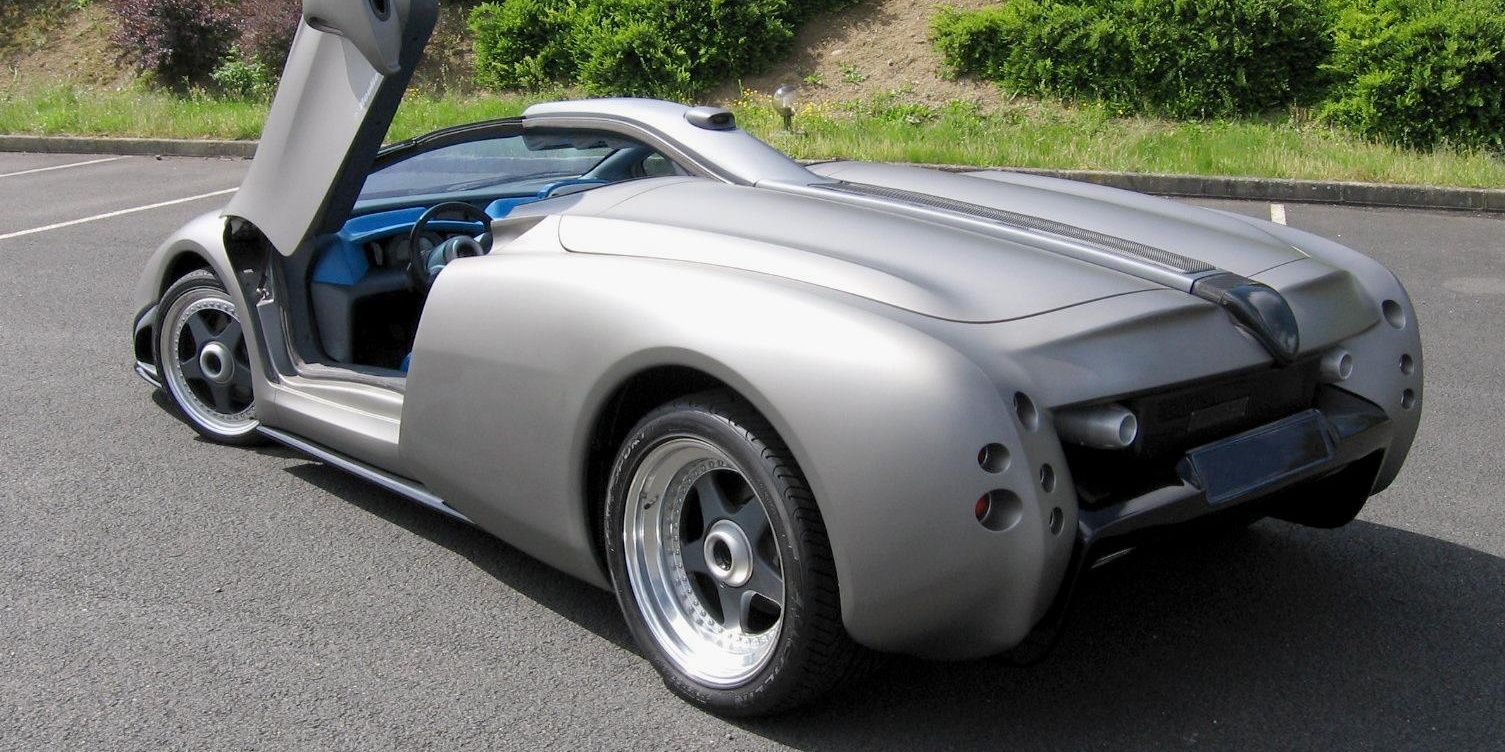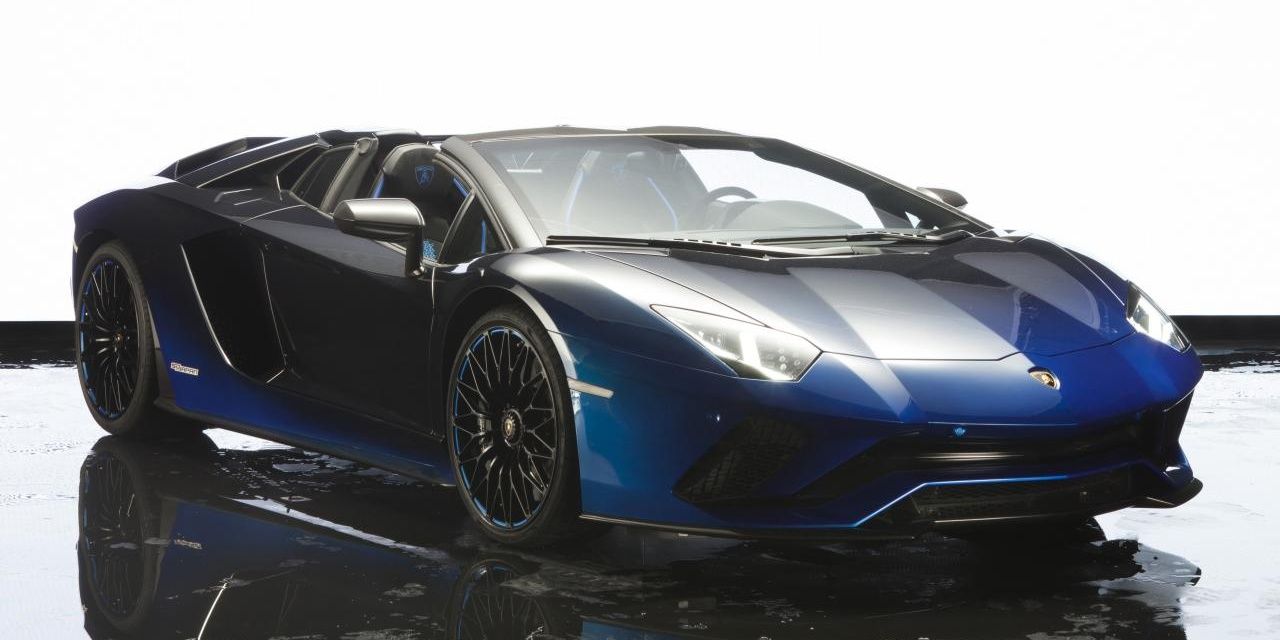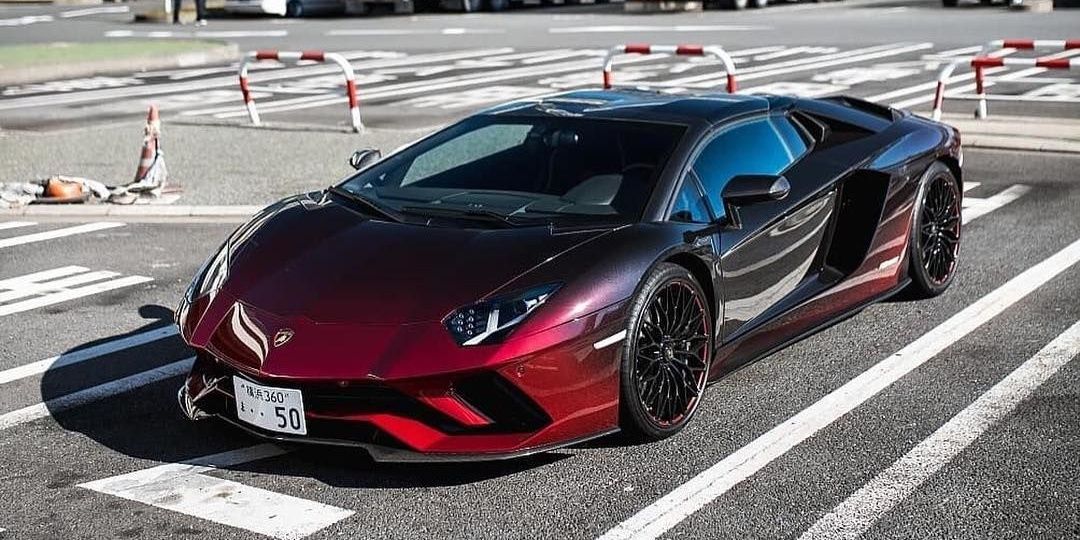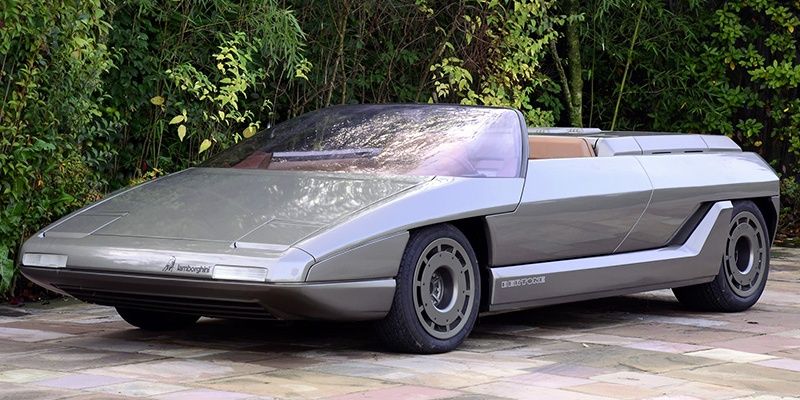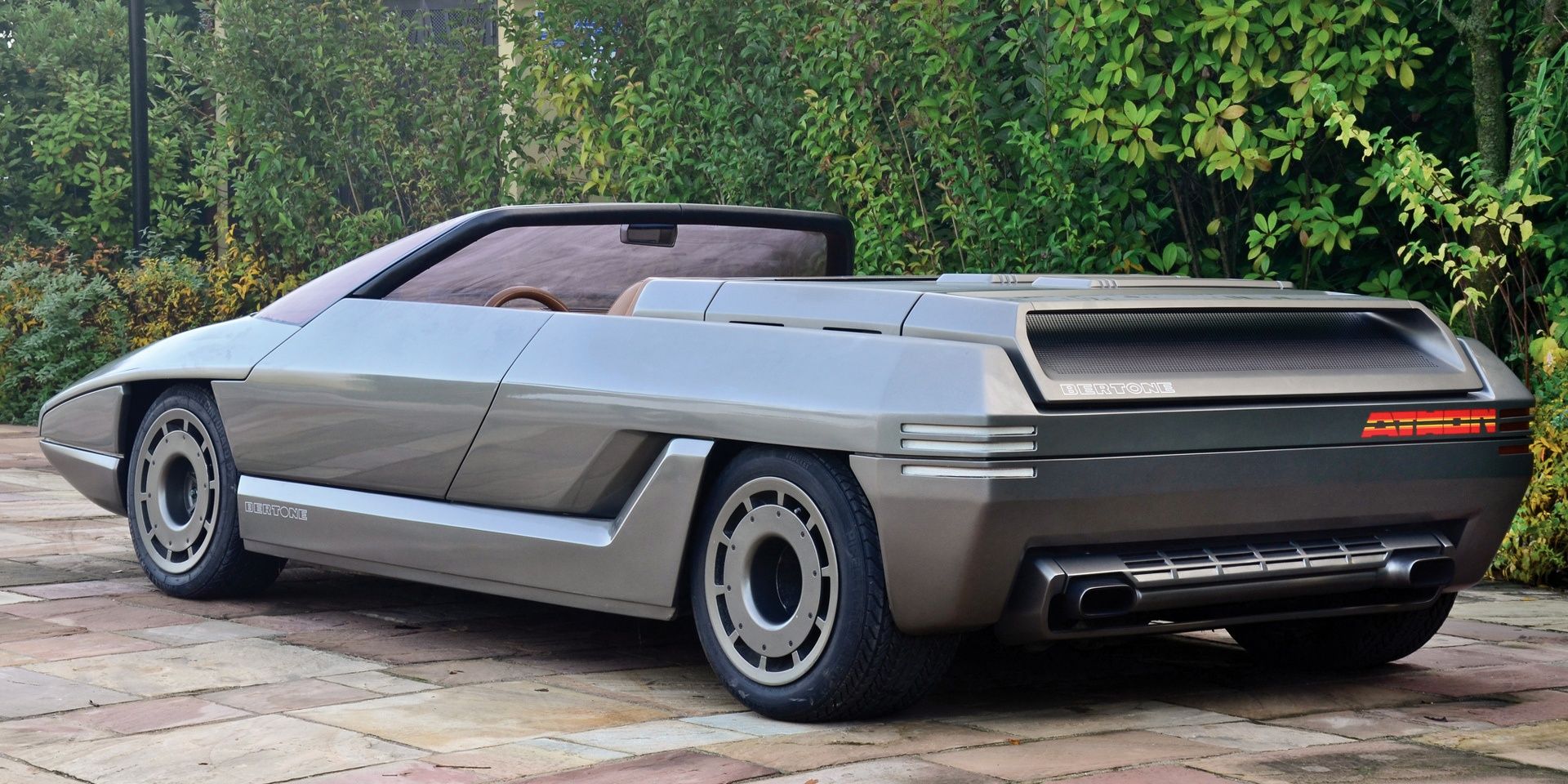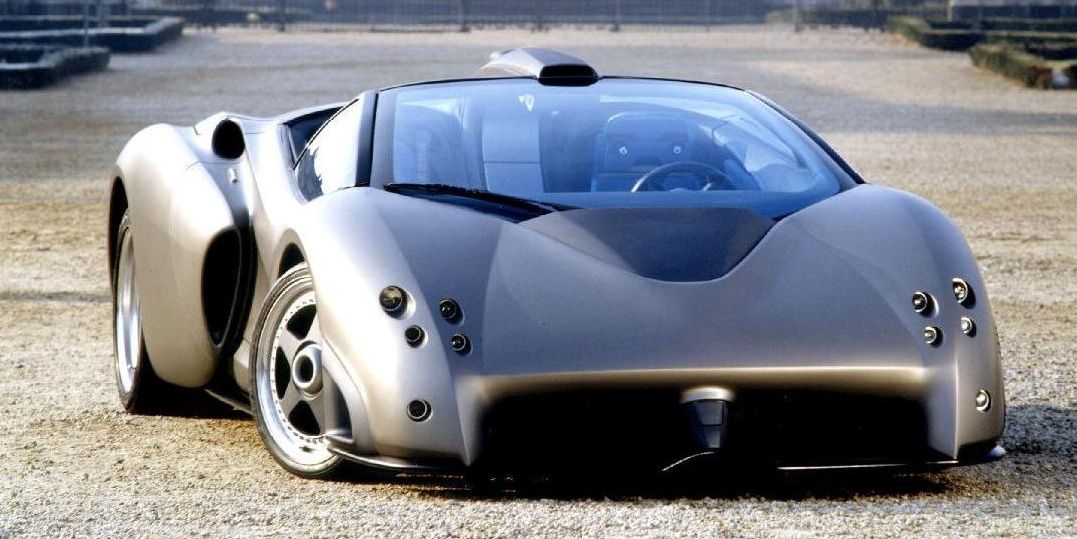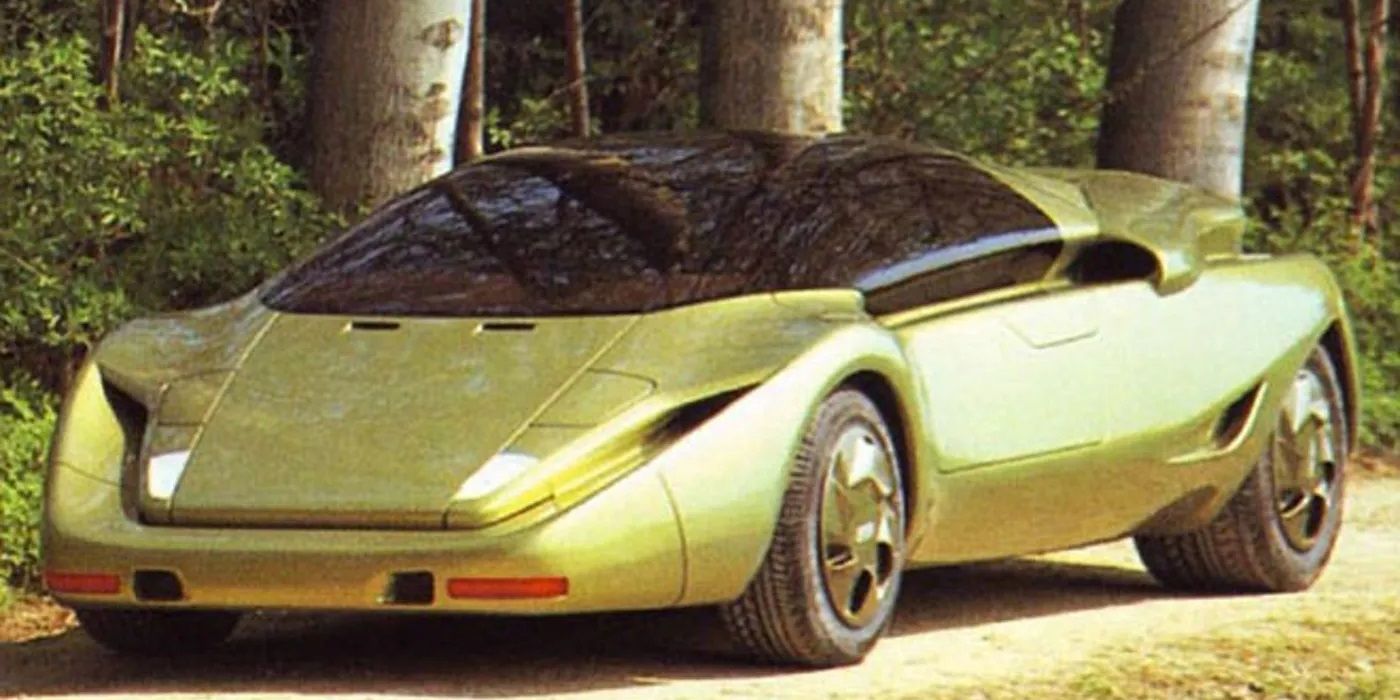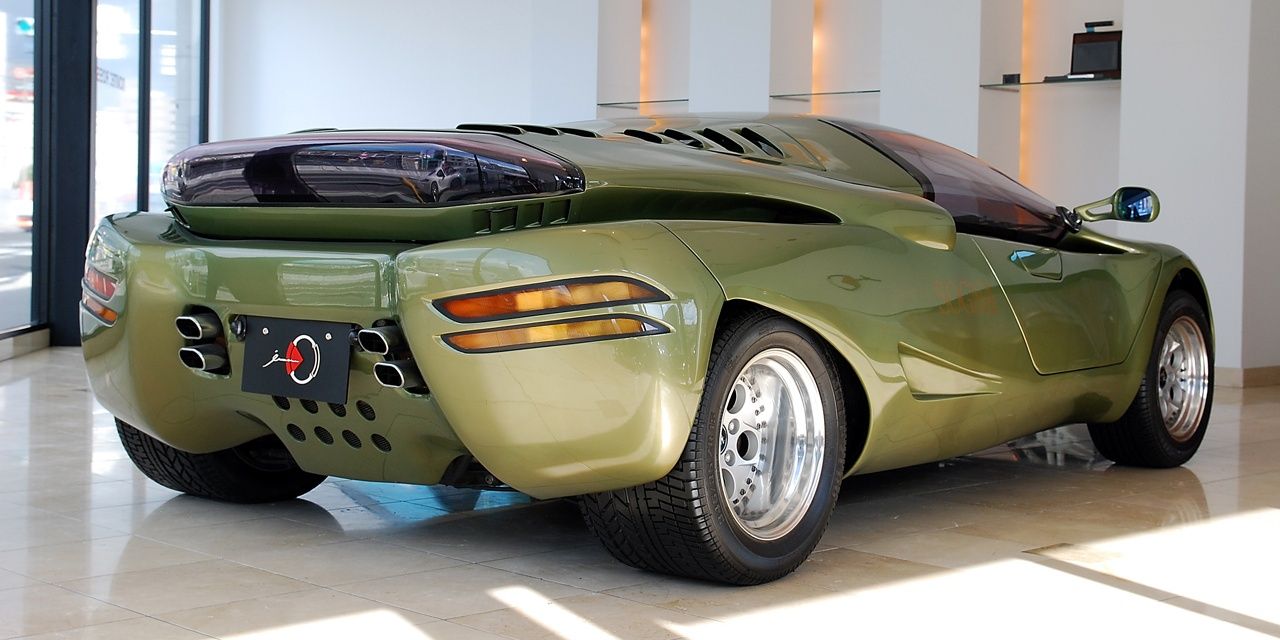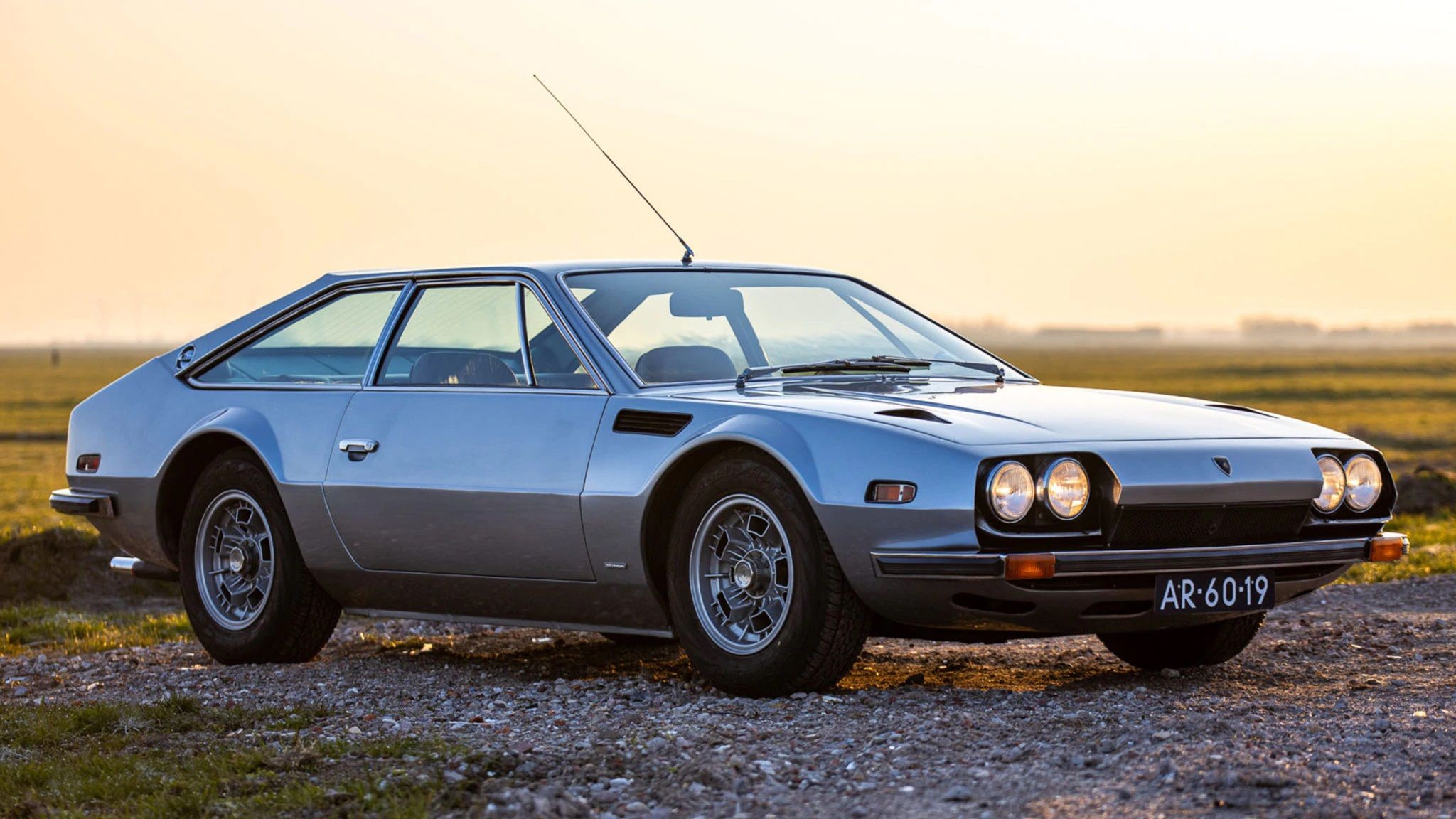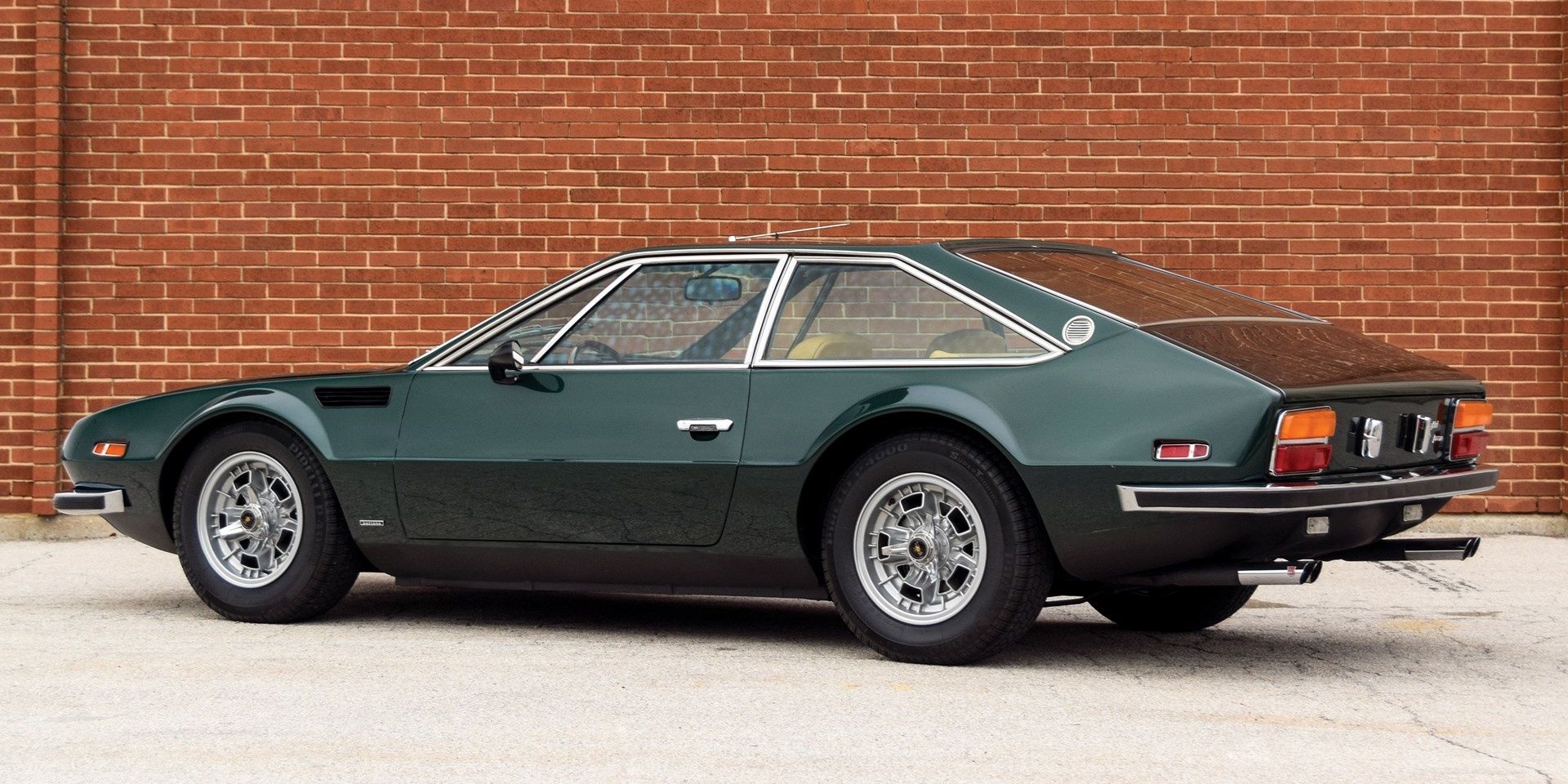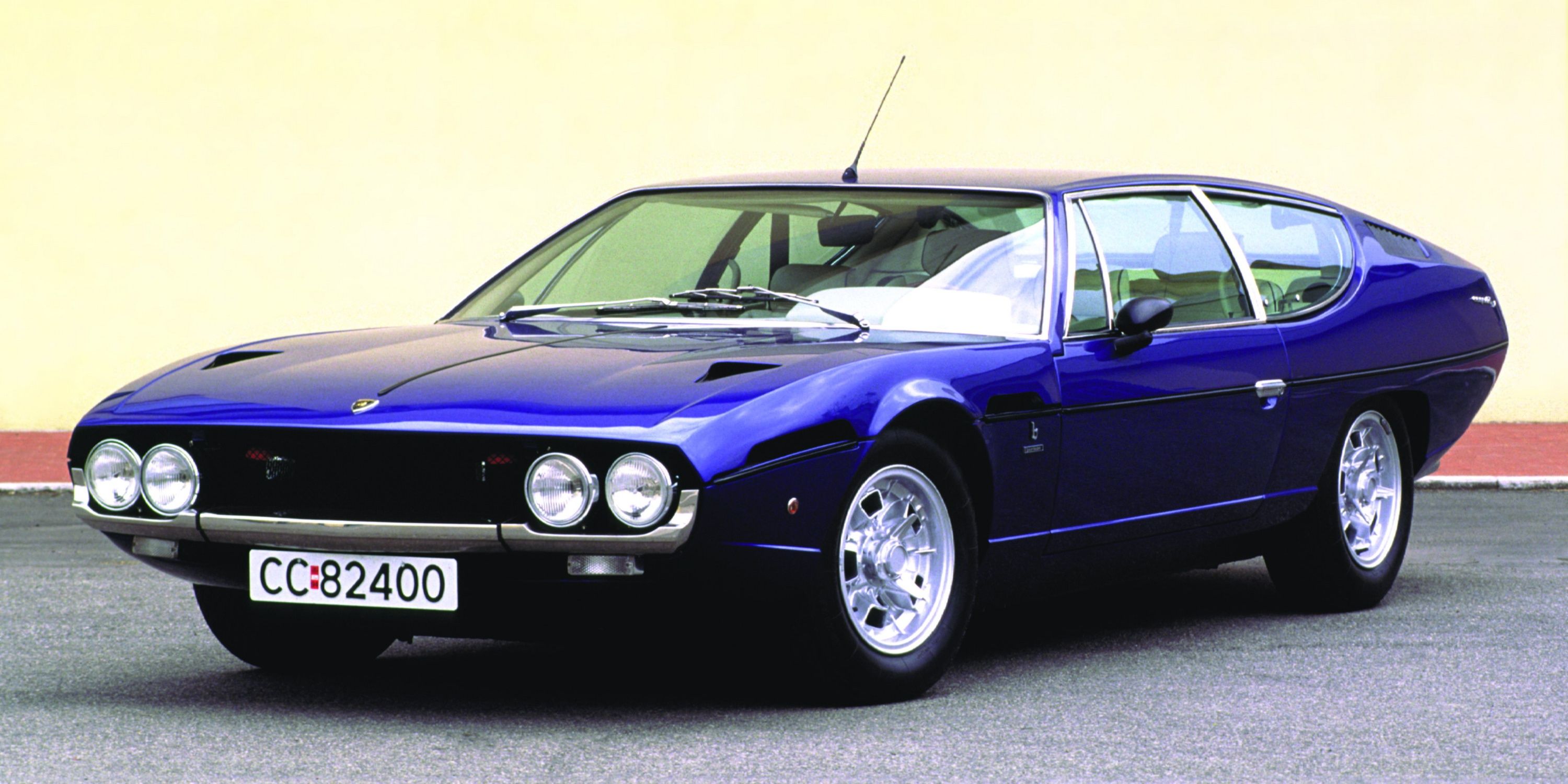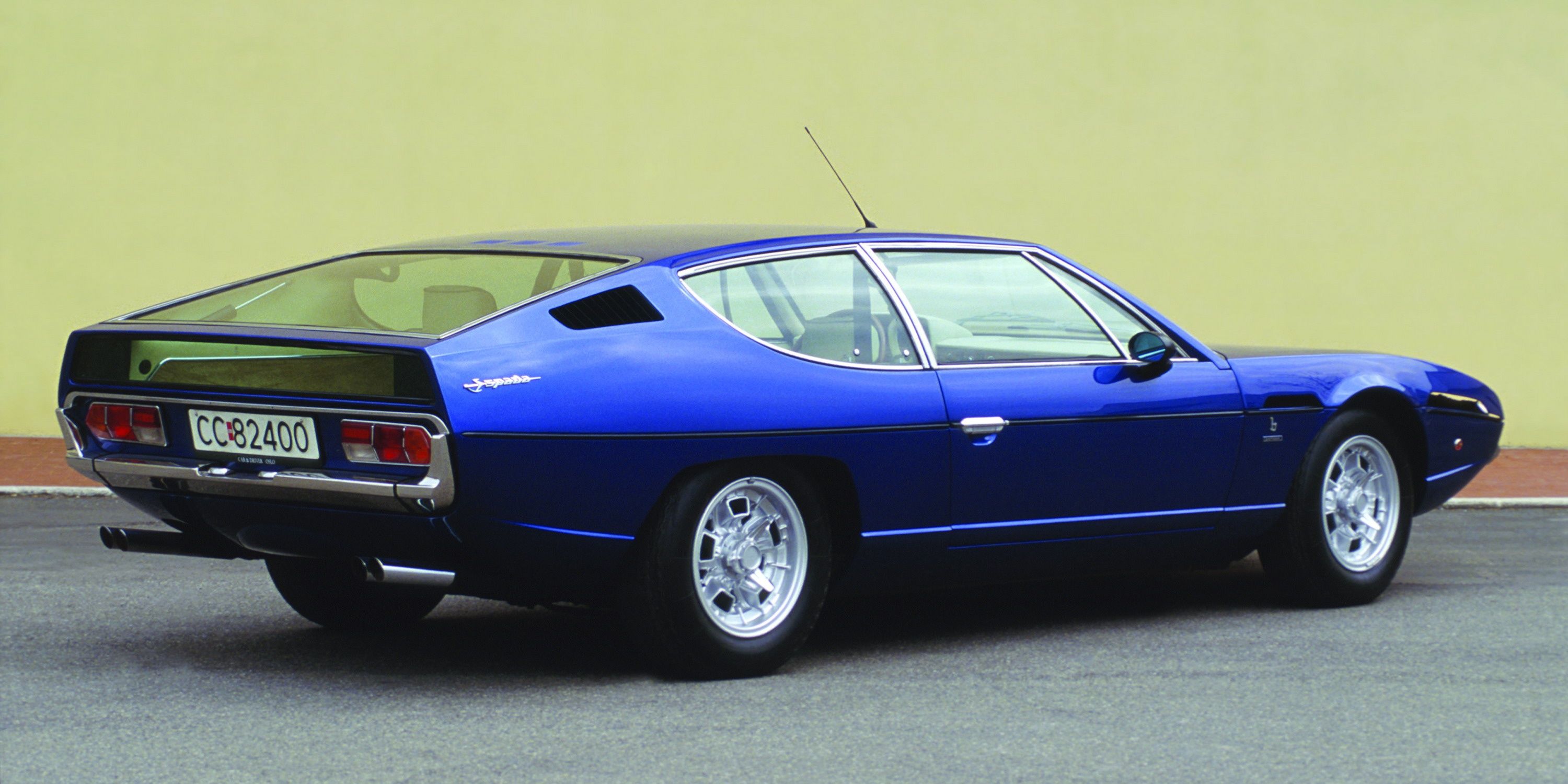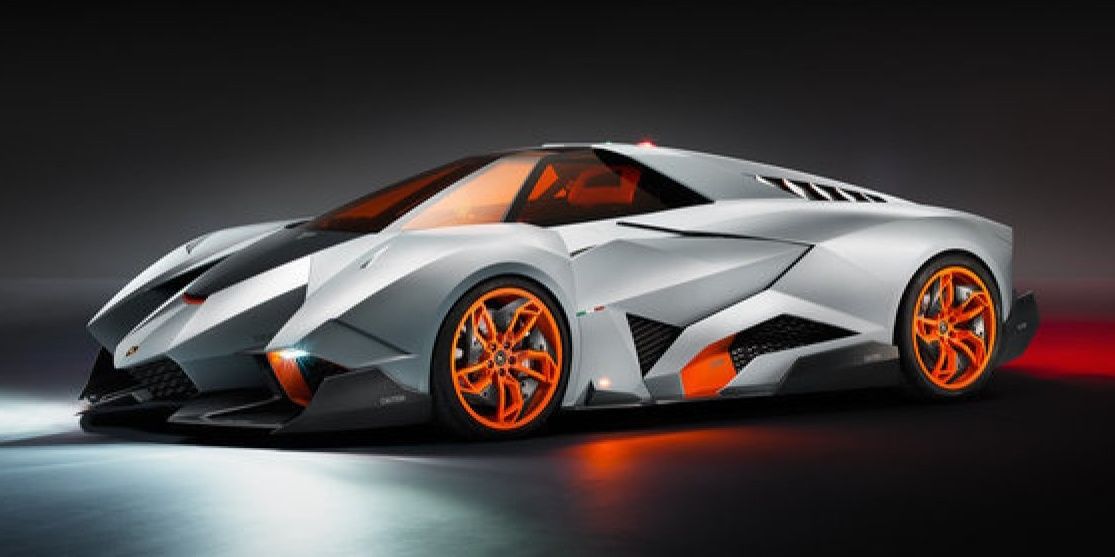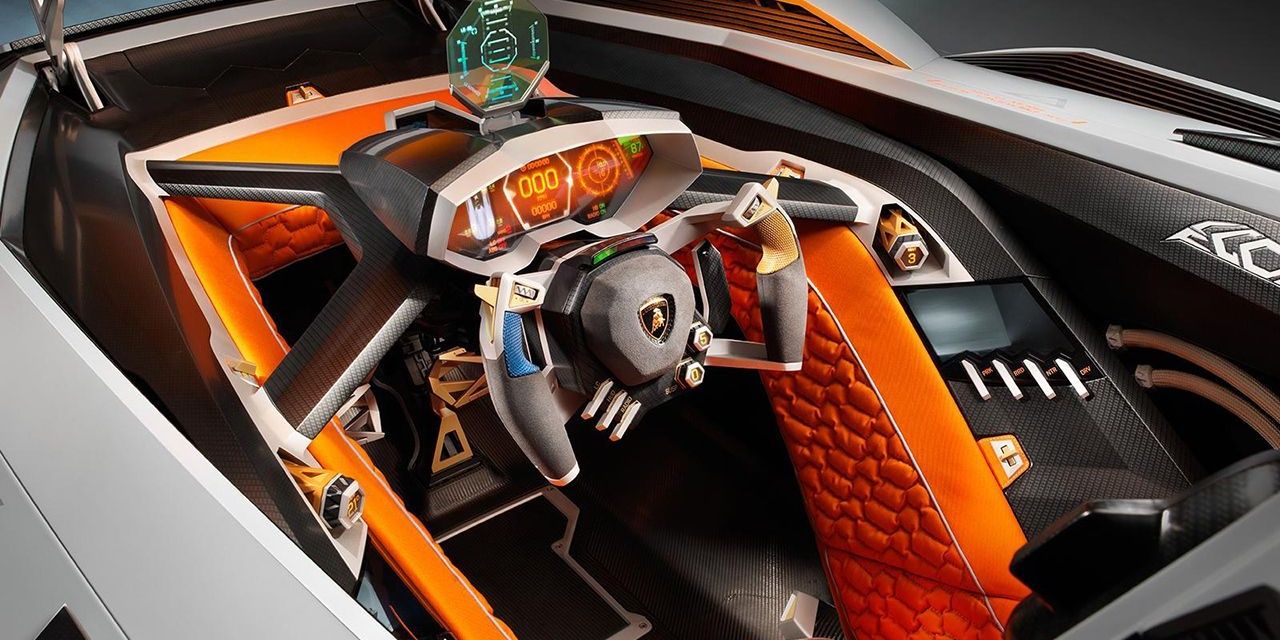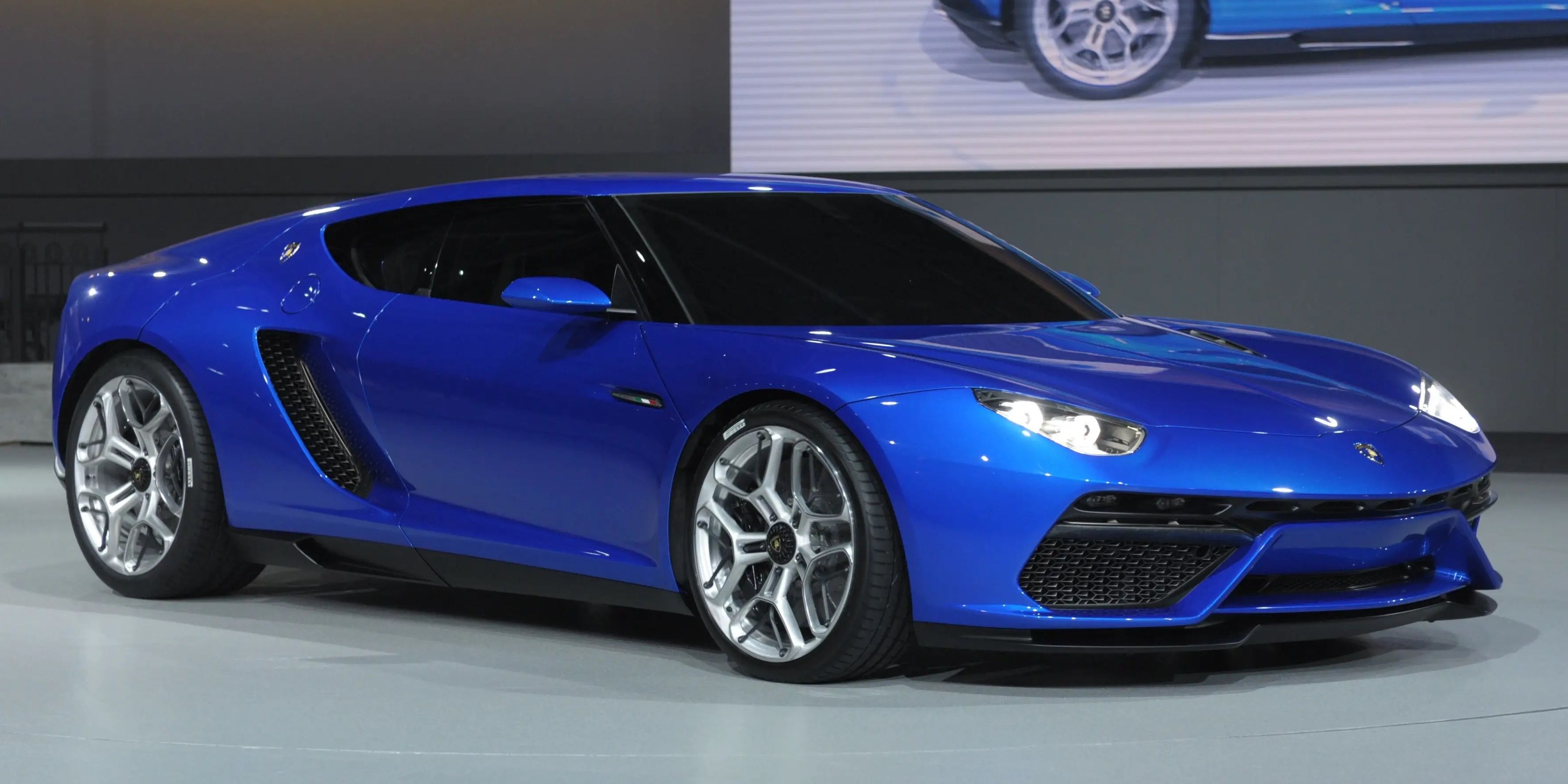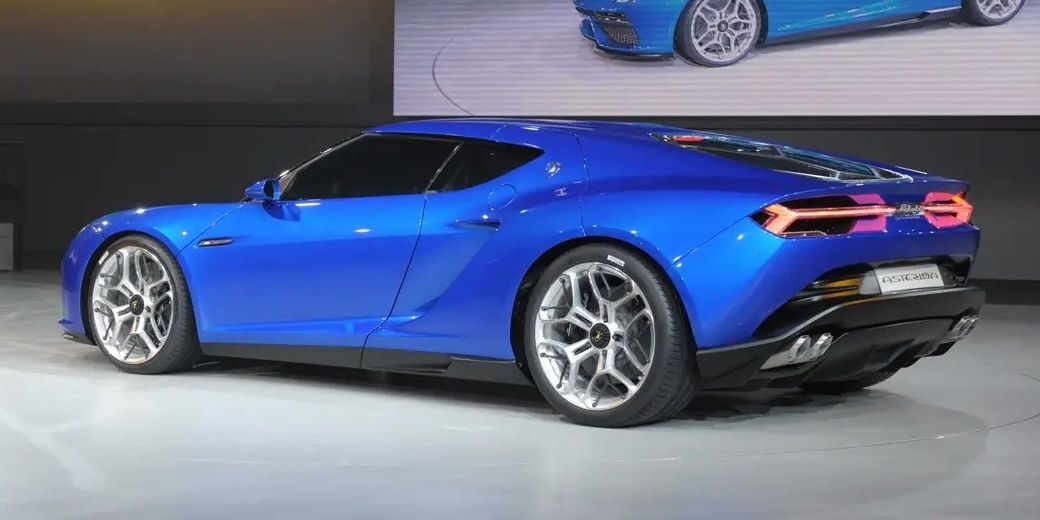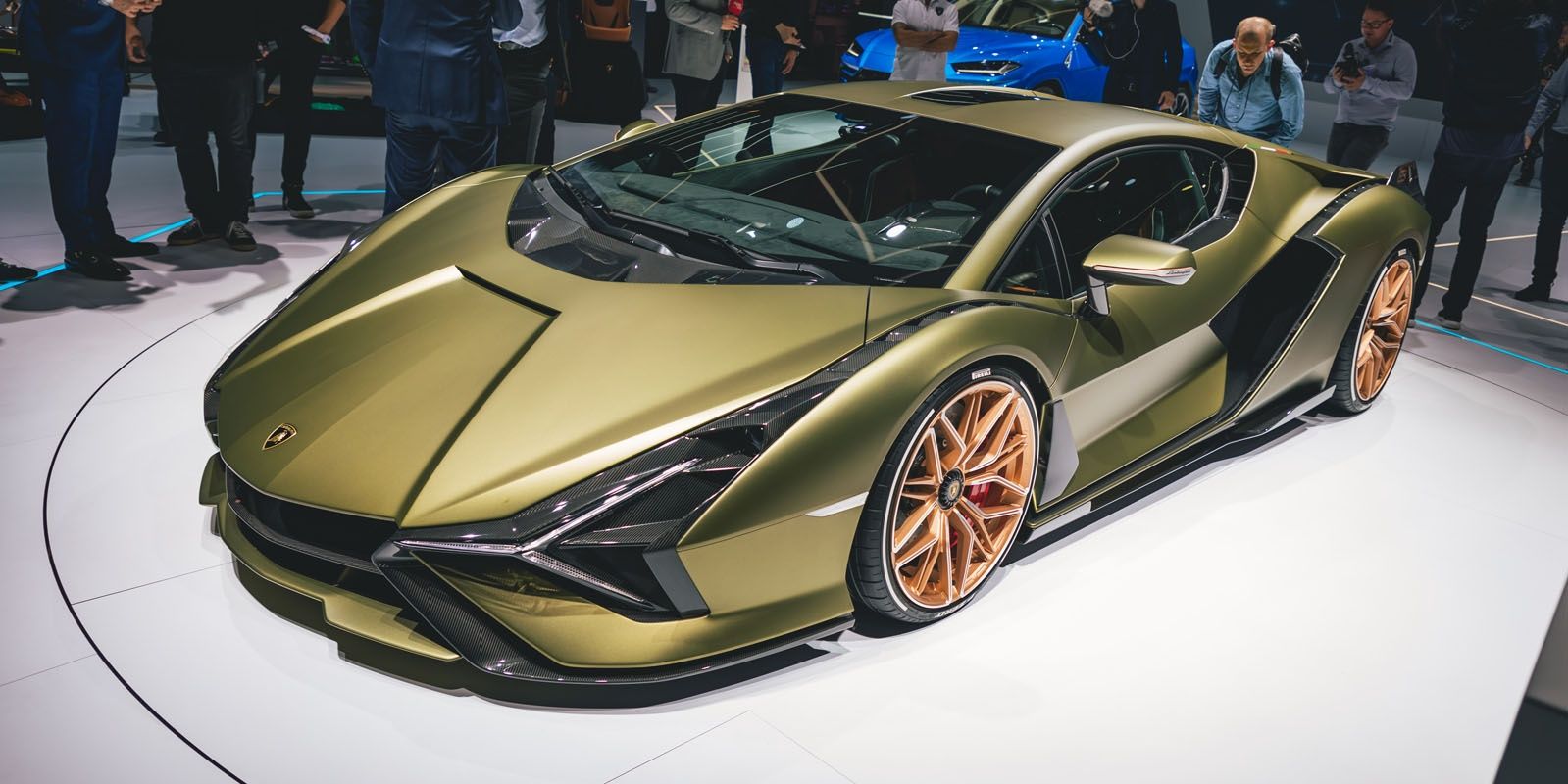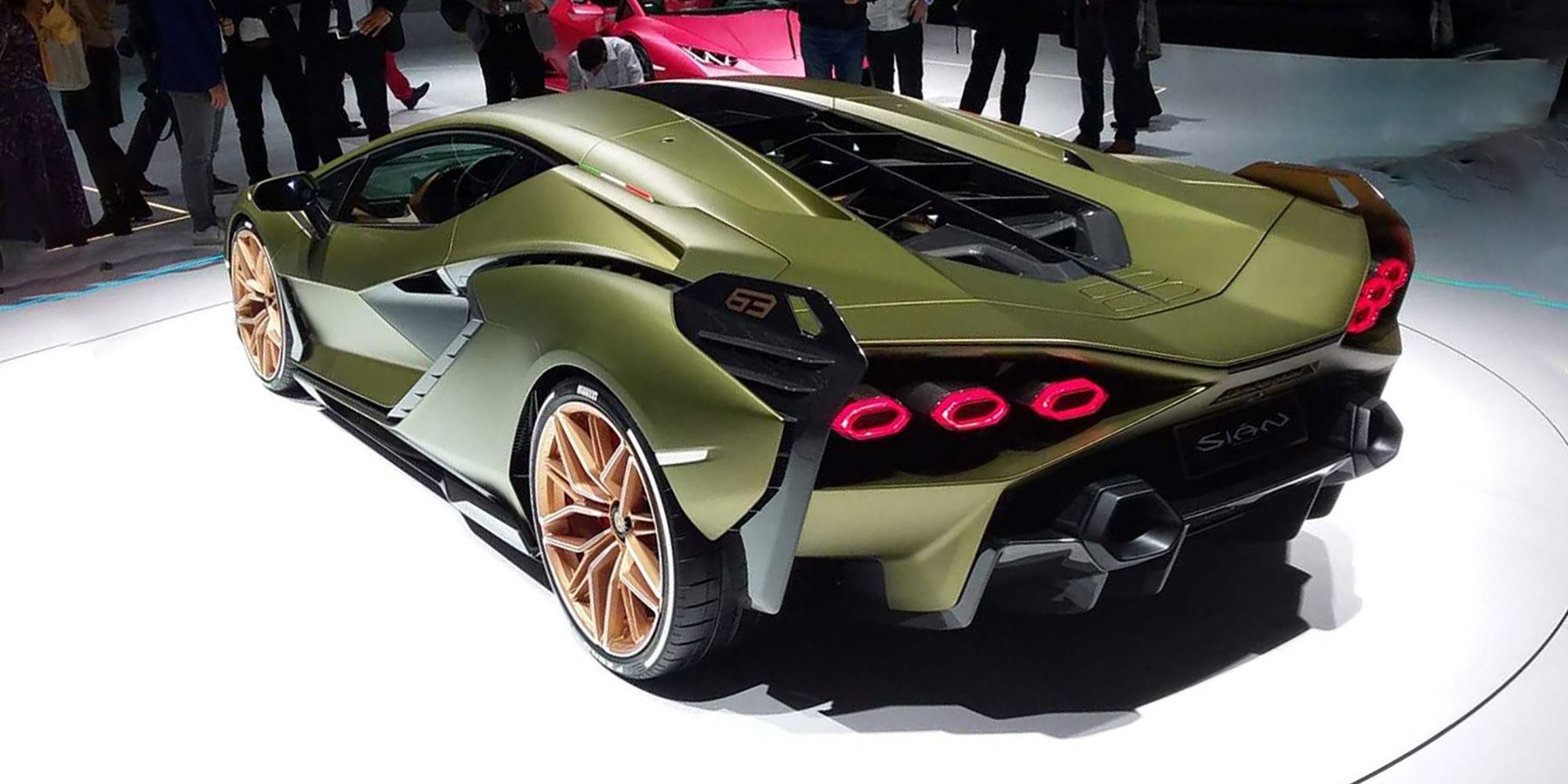Lamborghini is one of the most well-known supercar makers in the world. The name alone is enough to inspire awesome speed, the height of luxury, and unrivaled success. The reputation is not unfounded as all Lamborghinis are some of the fastest and most outrageous cars anyone can get. Most people spend their entire lives without even seeing one in person, but everyone knows the legendary cars they make.
Lamborghinis are known for eye-catching designs, but even one of the leading supercar makers can make odd design choices every now and again. Here are just a few of the weirdest cars Lamborghini ever designed.
10 Aventador S Roadster 50th Anniversary Japan Special Edition (Elements)
The Aventador is Lamborghini’s current flagship car. The fastest of the mass production models, the car has inspired more car enthusiasts than any race car could it features a unique and stunning design. So, what could Lamborghini do to make the car look weird?
Back in 2017, Lamborghini wanted to celebrate 50 years of business in the Japanese market so they designed five special edition Aventadors that were modeled after the five primal elements in Japanese culture: earth, wind, fire, water, and sky. Each model was impeccably made and required anywhere from 150 to 200 hours of work to complete the intricate paintwork. What makes the Japanese special edition cars so weird is the fact that no other market can get these ultra-exclusive cars!
9 LM002
The Urus was one of the first ultra-luxury, ultra-performance SUVs released in recent years but it wasn’t Lamborghini’s first attempt at a super SUV. The LM002 was released back in the late 1980s and early 1990s as an attempt for the manufacturer to expand its influence from high-performance hand-crafted sports cars.
Surprisingly, the engines were actually American-made and the LM002 was originally intended for military use. The Chrysler rear-mounted V12 engine provided plenty of low down torque, perfect for off-road monsters like the LM002. Eventually, Lamborghini moved to a V12 from the Countach for better stability. Less than 400 examples were ever made and it's not exactly a poster car so it was eventually forgotten.
8 Athon Concept
The Athon was one of Lamborghini’s whacky concept cars. Originally designed in 1980, the Athlon is a perfect example of what people in the past thought the future might look like. This concept was a completely functional car that featured the engine from a Lamborghini Silhouette. That means the car could actually achieve a top speed of around 170 MPH, extremely quick for the 1980s.
The concept was actually designed and created by the Bertone company, a custom coachbuilder company that had close ties with Lamborghini. The designer wanted to feature a lot of "sculpted geometric volumes." While the side profile definitely looks like a futuristic rocket, the front and rear end did not age quite so well.
7 Pregunta Concept
Another concept car, the Pregunta has a special place in many Lamborghini enthusiast’s hearts. The Pregunta was the final car that was fully designed by the staff before they were acquired by Audi in 1998. Lamborghini stuck a 530 HP V12 Diablo engine into the Pregunta and was claimed to be even faster than the Diablo in every way. Lamborghini claims the car can hit a top speed of 206 MPH.
Pregunta means "question" in Spanish and many car enthusiasts are questioning why this car even exists. It features paint from an actual fighter plane, F1 gauges, and optical-fiber lighting. Lamborghini never explained why they designed the car but were clear that this was not supposed to be their next flagship design. In any case, the only Pregunta in existence ended up at auction and sold for over $2 million.
6 Sogna Concept
So far, many of the concept cars can be either good or bad looking depending on personal taste. The Athlon was a handsome car by 1980s standards and the Pregunta is no stranger looking than any car Pagani makes. But the Sogna is truly a design difficult to love.
The 1991 concept car was the brainchild of Ryoji Yamazaki, the head of a Japanese tuner company. Yamazaki dreamt of designing a supercar and decided to take an existing Countach and refitted an entirely new aluminum body. This fully functioning concept has the same V12 as a Countach outputting 455 HP and reportedly has a top speed of 186 MPH. The only Sogna in existence went on sale in the early 2010s for over $3 million.
5 Jarama
The Jarama was created in 1970 to be the successor of the well-received Islero grand touring car. When this car came out, Lamborghini wasn’t even a decade old yet and far from the globally known supercar maker they are now. Lamborghini gained attention and grew rapidly from their sports cars so when they had to replace their Islero, the Jarama was meant to be the mass market cash cow for the US market.
The styling of the Jarama was fairly inoffensive and safe but unfortunately, it was released shortly after the Lamborghini Miura, one of the best-looking cars Lamborghini ever made. This made the pedestrian Jarama quite sad looking in comparison.
4 Espada
The sibling car to the Jarama, the Espada was the European spec version of essentially the same car. Where those that thought the Jarama’s styling was too pedestrian, they had the option of the Espada. The designer, Marcello Gandini from Bertone, drew inspiration from the Lamborghini Marzal and Bertone Pirana to come up with the Espada. While the front end of the car certainly was a more exciting car the rest of the car didn’t live up to the design.
The design did not age well. The various proportions of the Espada suggest a more masculine design similar to many modern design philosophies but where modern designs take a more muscular and aggressive approach, the Espada instead takes a more svelte design, similar to its namesake Espada, Spanish for "sword." The haunches especially do not do the Espada any favors even in the convertible version. Again, the Espada has the same problem as the Jarama, being released alongside the excellent Miura.
3 Egoista
We move away from Lamborghini’s early days and look at one of Lamborghini’s most recent concept cars, the Egoista. In Spanish, Italian, French, and a handful of other languages, "egoista" means selfish, and the designers of this car certainly seemed to take that to heart. The single cockpit that serves as the interior isn’t new, Maclaren’s F1 also has a centered driving seat but does also include a second row of seats for passengers where the Egoista does not.
The Egoista is essentially a futuristic jet or space ship. The design is “intentionally extreme and unusual.” Two separate designers worked on the exterior and interior but both are equally outrageous. The design is extremely polarizing with some enthusiasts loving the ultra-modern design but others thinking it is too outlandish to be a classic design.
2 Asterion Hybrid
Unlike concept cars that are not designed to be production cars, the Asterion was intended to be a car for sale. Lamborghini’s first-ever hybrid supercar was intended to be released and compete head to head with Porsche’s 918 Spyder, Mclaren’s P1, and Ferarri’s LaFerrari. Unfortunately, the car was ultimately canceled in favor of Lamborghini’s wildly successful SUV, the Urus.
The fact that this car was shelved in favor of a market pleasing SUV is evident in the design. The front end of the Urus looks quite similar to earlier prototypes of the Asterion. The other body proportions are similar enough to garner the same design critiques as the Urus which is that they’re simply too boring looking. Like the Urus, they’re designed with mass-market appeal in mind, in the Asterion’s case, it was designed to be a comfortable GT car, not an outrageous track car. Like the Jarama before it, the weirdest part of the Asterion is that it simply isn’t weird enough.
1 Sián Hybrid
The Asterion wasn’t the last hybrid Lamborghini designed. The Sián is planned as the hybrid supercar that the Asterion was meant to be and even has a trick up its sleeve. This isn’t just a hybrid supercar but the world’s first superconductor hybrid rather than using lithium-ion batteries. That means the futuristic tech can hold three times more charge than a comparably sized li-ion battery. The electronically limited top speed will be 217 MPH with an unconfirmed actual top speed.
Much of the design incorporates futuristic tech like active aerodynamics and cooling vents that are even more advanced than the Huracan Performante. The interior is made with 3D printed parts that were otherwise impossible to create. Unlike the Asterion, the Sián is designed to be the outrageous track car that the LaFerrari and P1 are with designs to match.
The overall design is a far departure from the most recent designs and may not be everyone’s cup of tea. There are far more angular hard body lines than even the most hardcore Aventador but many are praising the design as a return to the outrageous and out of the box design language Lamborghini lost in the pursuit of mass acceptance.

